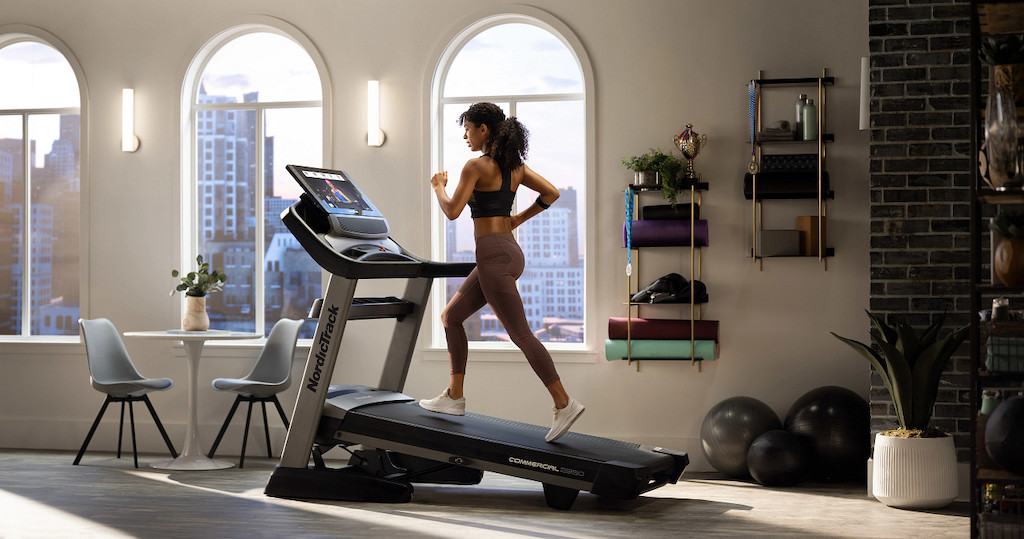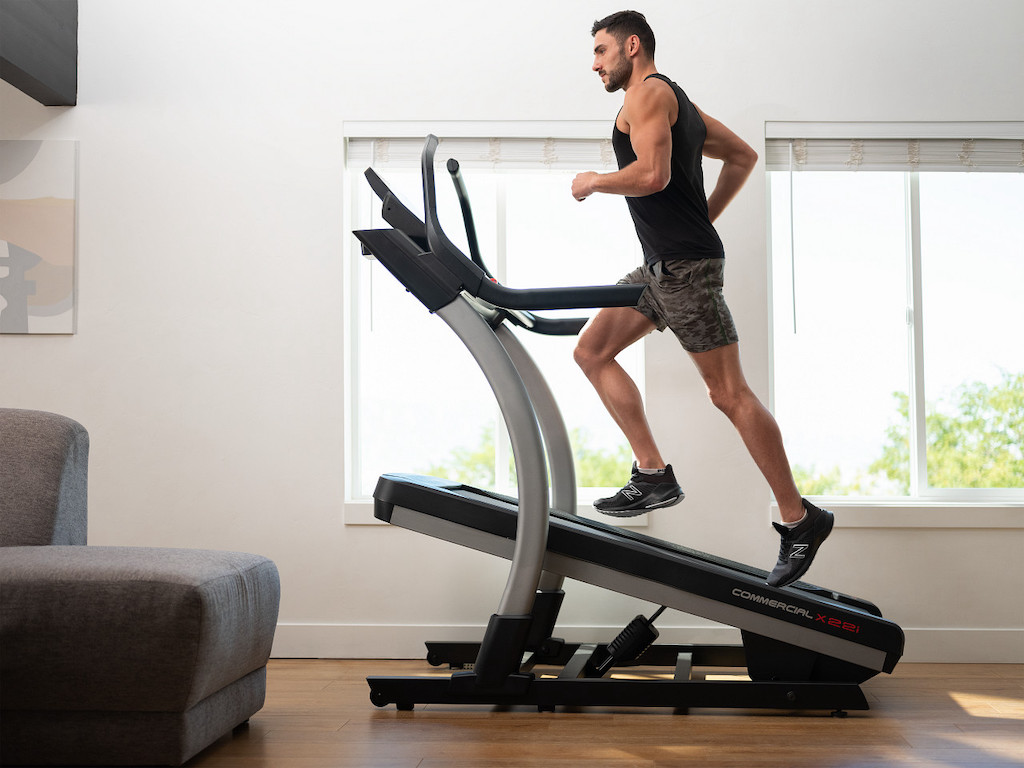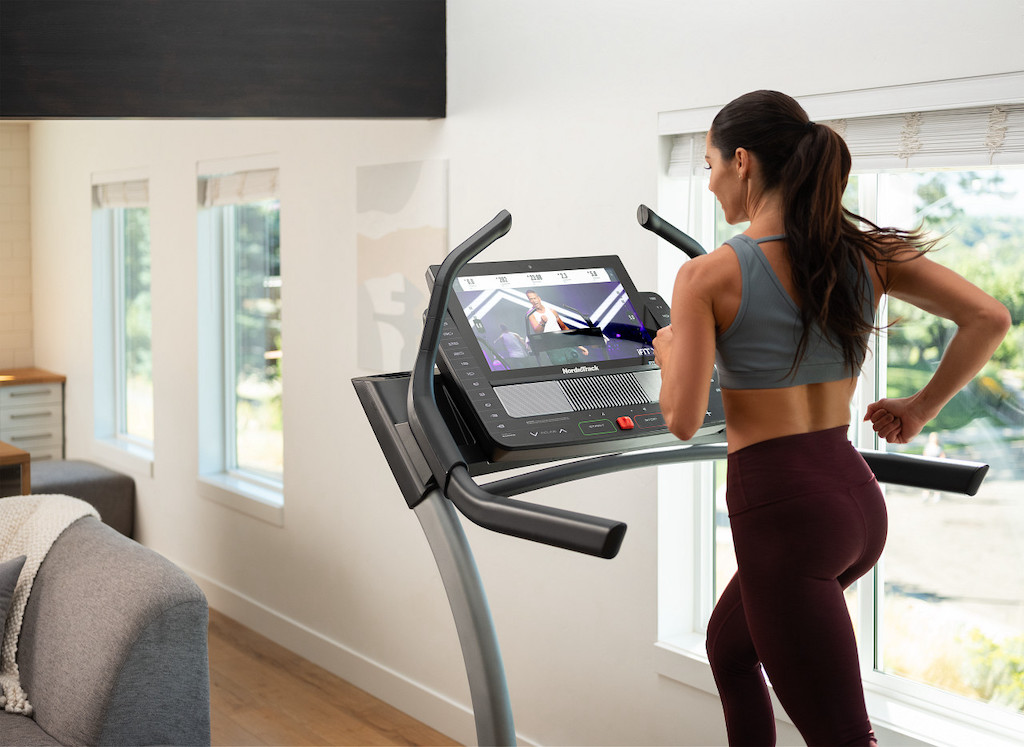Increasing your running speed requires technical work, which is fairly simple to implement during training sessions. Check out our tips for speeding up your strides and enjoy running faster for competition or leisure and without getting injured.
Running Fast: What If All You Need Is the Right Technique?

Running fast requires preparation work, which often consists of analysing your running technique in order to perfect it point by point. Taking a step back from running and giving yourself the means to improve your running speed is useful at different stages of your training:
- To improve the efficiency of your stride and increase your stamina by conserving your energy.
- To have more fun by beating your own records in training
- To change your running habits, overcoming small technical details that could eventually slow down your progress
- To change your athletic practice (e.g. from running to sprinting)
- Or, more obviously, to prepare for a competition
To run faster, don’t be afraid to shake up your fitness routine and get into (a bit of) trouble. I promise, your efforts will be quickly rewarded!
Our 5 Tips to Speed Up Your Running

To accelerate the speed of your strides during a run, make sure the odds on your side by taking both technical aspects and nutrition into account:
- A technique for attacking the ground: runners generally begin by hitting the ground with the heel first, which is a good technique that can be optimized to improve speed. In a straight line, running on the forefoot may speed up your run a little, but use this technique carefully and over short distances to avoid injury. To run faster for a longer period of time, it is best to concentrate on hitting the ground with the middle of the foot.
- Stride pace: intuitively, increasing your stride length seems to be a good way to run faster. However, according to several scientists, a stride rate of around 170 to 180 strides per minute is the most effective way to optimise your efforts and to conserve your energy over a long period of time. The length of your stride also depends on your body type and running technique, so don’t focus on this point entirely, but experimenting with different stride rates and stride widths over varying distances can help you to better control your running pace.
- Use of your arms: accelerating the movement of the arms helps to improve your running speed. Train progressively to coordinate arm movement with leg movement and to keep your shoulders relaxed. To run faster, patience is the key!
- Posture work: by keeping your chest straight, you can lengthen your strides more easily without blocking your pelvis and thus cover a greater distance in a defined amount of time.
- Sports nutrition to move faster and reduce muscle fatigue: studies show that certain foods could improve running speed. Coffee, beetroot or watermelon, for example, may be beneficial!
Run Faster With Personalised Cardio Training

Improve your speed technique over a 10 km course by varying your training intensities, remembering the following points to build your personalised cardio programme:
- Warm up for 10 minutes with a short run at an average pace that won’t leave you breathless: take advantage of this warm-up to concentrate on the quality of your footwork.
- During the first half of the session, run at a steady pace, at about 115 or 120% of your usual speed.
- Halfway through the session, start training in split sessions, with intervals of different speeds and intensities alternating with periods of recovery, for example, over fifteen 200-metre runs interspersed with slower passages of 30 seconds.
- Experiment with sprints, accelerations, uphill or downhill sections, the idea being to use all your muscles and strengthen your legs while working on your endurance and stamina.
- During the last part of the training, gradually get back into your endurance running rhythm and begin to relax before doing your stretching.
Check out our Fitness & Training page for more advice.
